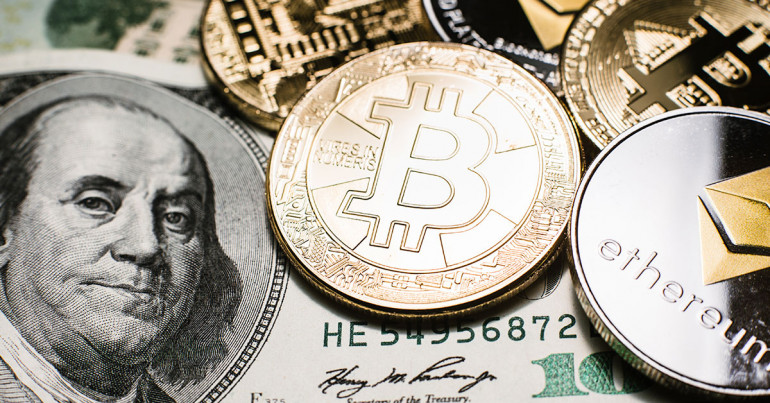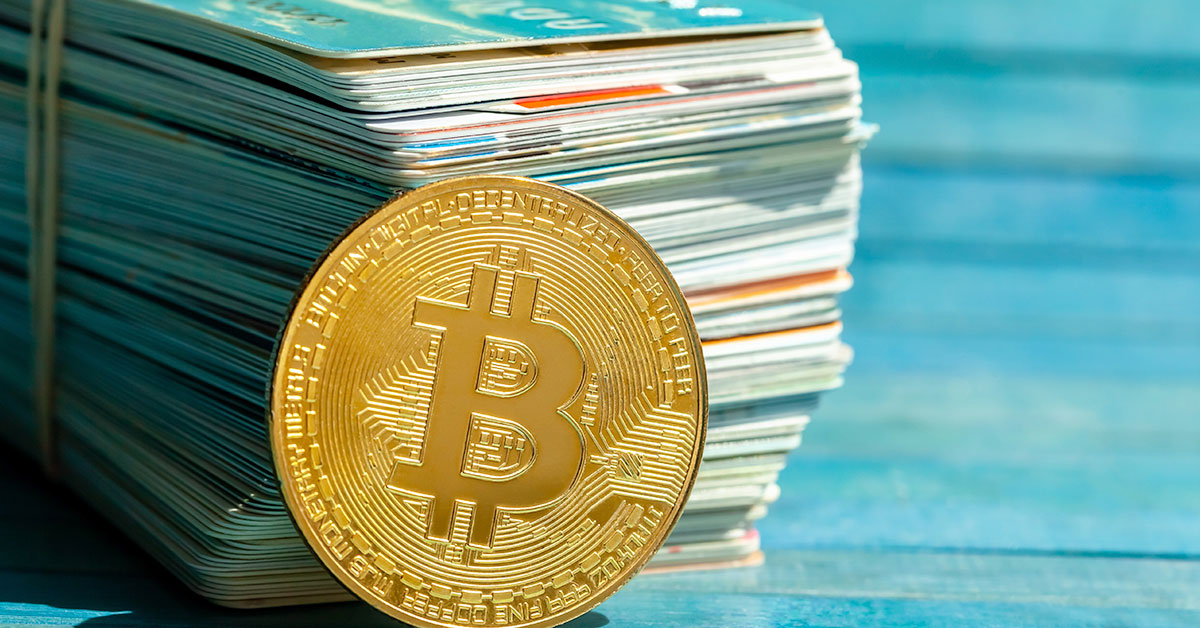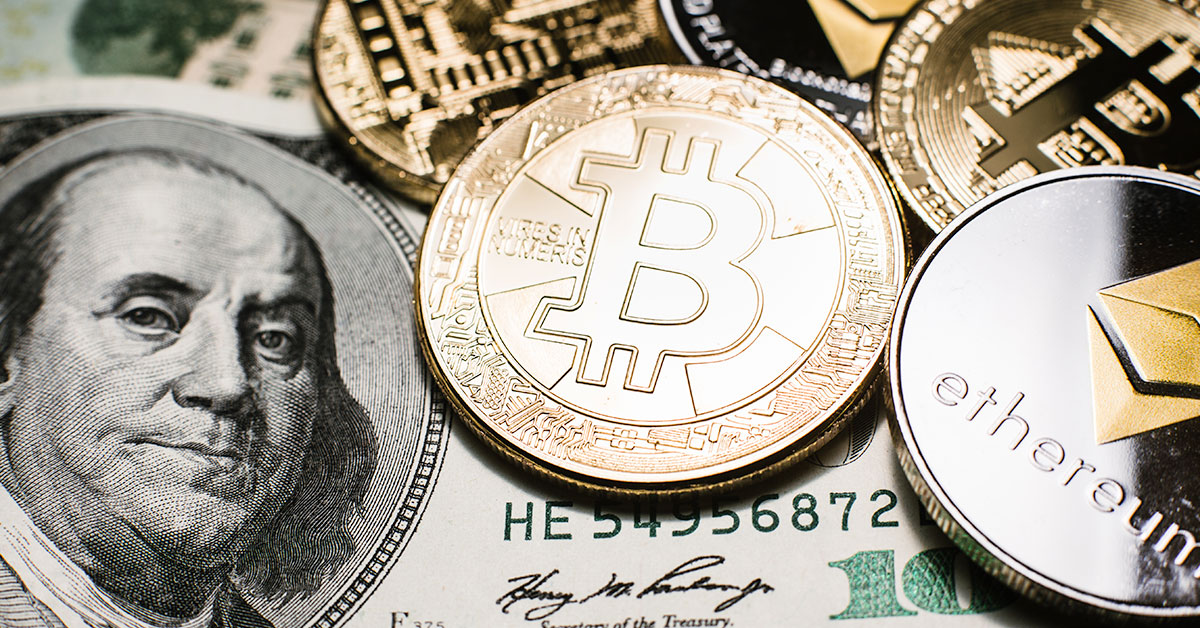
Cross-border money transfer is a vital operation for global commerce and remittances. Today, we are overwhelmed by a vast variety of systems for transferring funds, whether it be through traditional fiat-based systems like banking networks and SWIFT, or cryptocurrency and blockchain networks. Every option has its pros and cons, on speed, cost, accessibility and security. While blockchain-based crypto transfers offer users speed and low fees, fiat channels benefit from established infrastructure and regulatory backing. Throughout this article we will compare the differences in approach through the key areas outlined below, to help you decide which best suits your transfer needs.
Transaction speed
Cryptocurrency networks typically settle transfers much faster than traditional banking, with blockchains confirming transactions within seconds or minutes. In contrast, international bank transfers can take between 1-3 days. Even with the SWIFT network’s Global Payments Innovation standard, same-day credit is not guaranteed. In short, crypto aims to provide an alternative to the bureaucratic mess of multi-bank reconciliation. However, the speed of blockchain networks can vary by network congestion. Ethereum, for example, experiences delays and higher ‘gas’ fees at peak times. Emerging solutions (layer 2 and CBDCs) aim to combine the reliability of fiat with the speed of blockchains.

Transfer fees
Traditional remittance fees remain high. In late 2023 the World Bank reported a global average fee of 6.4% on a $200 transfer. By contrast, many cryptocurrency transfer options incur nominal fees of a few cents, depending on the blockchain. Decentralised finance (DeFi) platforms with automated market makers charge low transaction costs depending on the choice of network and gas fees. In other words, crypto transfers have the possibility to be completed with little to no fees. However, as we explored with speed, network congestion can have adverse effects on fees, as well as certain centralised crypto services adding conversion fees.
Accessibility
While anyone with internet access and a wallet app can send or receive crypto, 24/7, without the need for a bank account, crypto’s accessibility is often considered a double-edged sword. It is particularly effective in regions where banking services are less available, with developing economies adopting rapidly growing mobile money platforms, or smartphone crypto wallet access. However, the dependence on a certain level of technology can also alienate those in less developed areas without access to it, or older generations without the necessary familiarity. Moreover, certain countries restrict or ban crypto use – China, for example, has enforced an official ban, forcing citizens to use alternative channels.
Traditional fiat transfers utilise banks and licensed money services, with over 5 billion people having some form of financial account. International wires require correspondent banks which can’t operate 24/7 – newer fintech firms are improving reach, but still rely on local banking partners. Many users end up choosing a money transfer service through convenience, whether it be a familiar app or streamlined online platform.
Security
Blockchain transfers are recorded on a public, immutable ledger. With all transactions being time-stamped and visible to all nodes, fraud is hard to hide. In principle, the transparency eliminated the need for reconciliation between multiple banks. However, crypto addresses are not inherently attached to user identities. While centralised platforms have been required to perform ‘Know Your Customer’ (KYC) verification on all users, it is very much possible to operate in the cryptocurrency ecosystem without disclosing your identity. Crypto also poses some unique risks in usage, such as irretrievable loss through sending address typos, or smart contract hacking.
Traditional fiat transfers use private, centralised ledgers. Banks have strong encryption on transfers, with integrated fraud protection systems. Recourse mechanisms allow users to retrieve funds if lost to account compromisation or other forms of fraud. While bank networks are not invincible, as shown by the Bangladesh Bank SWIFT breach in 2016, the institutions have built a strong reputation of security, trust and privacy.

Real-world examples
In practice, users blend approaches. Many remittance companies and banks are exploring blockchain pilots to gain speed and cut costs. For instance, banks have experimented with multi‑CBDC platforms to settle foreign exchange instantly; BIS research finds these are technically feasible and could “lower costs, make settlement faster and increase operational transparency”. Similarly, some fintech startups now offer cryptocurrency-backed payouts: a migrant might convert dollars to a stablecoin, send it overseas, and the recipient cashes out to local currency. A World Bank report highlights that digital remittances (which include crypto and mobile-money routes) cost about 5%, versus 7% for traditional channels .
Case studies also show growth in crypto remittances within crisis economies. Anecdotal reports indicate Venezuelan and Venezuelans abroad have increasingly used crypto (Bitcoin and stablecoins) to send aid home amid banking disruptions. In Nigeria, rising inflation and exchange restrictions have driven some to use crypto exchanges for cross-border trade, though banks have since cracked down on this. In more stable markets, some tech-savvy senders simply value convenience: an expatriate might use a crypto wallet to instantly send tuition money to family in another country, bypassing hours of paperwork.
On the fiat side, major players are also innovating. Banks have experimented with enabling near-real-time transfers using SWIFT gpi and blockchain-linked wholesale systems. Mobile payment providers are integrating more peer-to-peer global features, and new services promise 24/7 global transfers at lower cost. Essentially, the industry is converging: traditional players are using blockchain tech, while crypto services add regulatory controls (like identity checks) to meet official standards.
Conclusion
In 2025, it is hard to say which system is categorically ‘better’ for everyone. While cryptocurrency wins on speed, cost and openness, their volatility risk and lack of regulatory clarity leave users without stable frameworks and consumer protections. The choice will often depend on your priorities. If sending a larger sum, where insurance and regulatory clarity matter, fiat rails may seem like the safer option. If speed and savings on small remittances are crucial, crypto or digital alternatives become attractive. Readers should compare services fees and speeds available to you, and stay informed on local regulations to choose the best money transfer service for your needs.
If you’re looking for an efficient solution to transfer currencies into various countries, take a look at our platform: CurrencyTransfer offers access to a network of payment providers, live quotes and 5-star customer service. Sign-up today.
Caleb Hinton
Caleb is a writer specialising in financial copy. He has a background in copywriting, banking, digital wallets, and SEO – and enjoys writing in his spare time too, as well as language learning, chess and investing.



